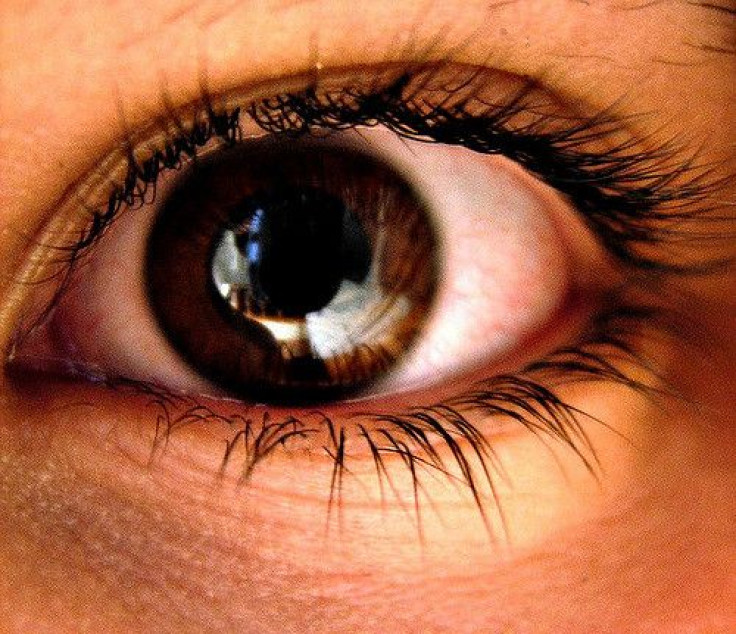New Insights Into 3 Popular Drugs For Diabetic Macular Edema, A Common Eye Condition

Diabetic macular edema, which occurs in people with diabetic retinopathy, causes a blurring of central vision. About 750,000 Americans currently suffer from this eye disease. A two-year study comparing three drugs commonly used to treat the condition finds similar results for patients who start treatment with 20/32 or 20/40 vision.
However, patients with 20/50 vision or worse had different experiences, depending on whether they used Avastin, Eylea, or Lucentis. Gains in vision were greater for participants receiving the drug Eylea than for those receiving Avastin, while gains were about the same for Eylea and Lucentis. That said, Eylea shows a clear advantage over Lucentis during the first year of use.
Why is this important?
Avastin (bevacizumab), Eylea (aflibercept), and Lucentis (ranibizumab) are all injected into the eye, where they perform in pretty much the same way. However, the price tags on these drugs are strikingly different. Per-injection charges for each drug were about $60 for Avastin, about $1,850 for Eylea, and about $1,200 for Lucentis, based on Medicare figures. Participants on Avastin and Lucentis received, on average, 10 injections versus nine for those on Eylea during just one year of the study.
“Eye care providers and patients can have confidence in all three drugs,” said Dr. Paul A. Sieving, director of the National Eye Institute, in a press release. He added this rigorous investigation confirms each drug is an effective treatment.
Diabetic retinopathy can cause the growth of abnormal blood vessels in the retina. Within the retina, the macula is the area used when looking straight ahead, for tasks such as reading, driving, and watching television. Macular edema, which can arise during any stage of diabetic retinopathy, is the most common cause of diabetes-related vision loss. This edema, or swelling, occurs when fluid leaks from retinal blood vessels and accumulates in the macula, distorting vision.
All three drugs the National Eye Institute researched work by inhibiting the cause of abnormal blood vessel growth and leakage. The national study included 660 participants with an average age of 61, who had lived with type 1 or type 2 diabetes for 17 years. Only people with 20/32 vision or worse were eligible to participate. At enrollment, about half the participants had 20/32 to 20/40 vision, while the remainder had 20/50 or worse. Maintaining a full service driver’s license in many states requires corrected vision of 20/40 or better in at least one eye.
Source: Wells JA, et al. Aflibercept, Bevacizumab, or Ranibizumab for Diabetic Macular Edema: Two-year Results from a Comparative Effectiveness Randomized Clinical Trial. Ophthalmology. 2016.



























